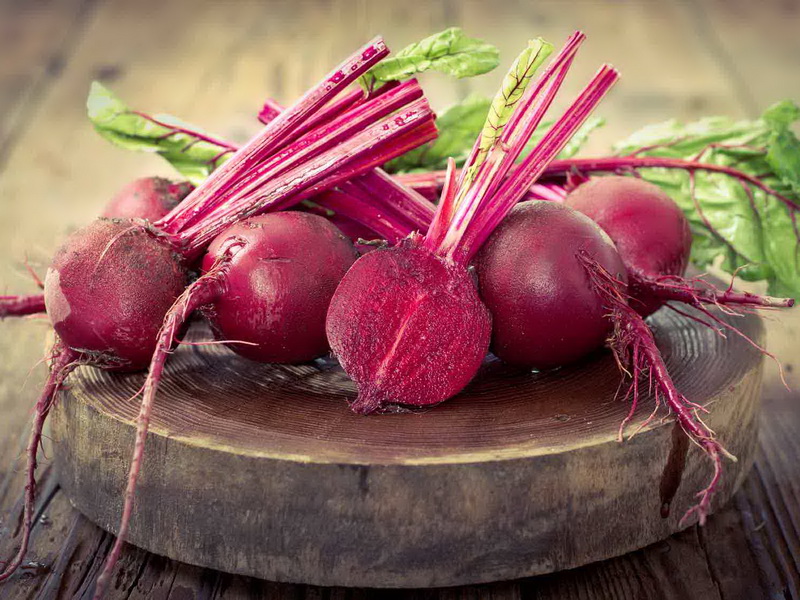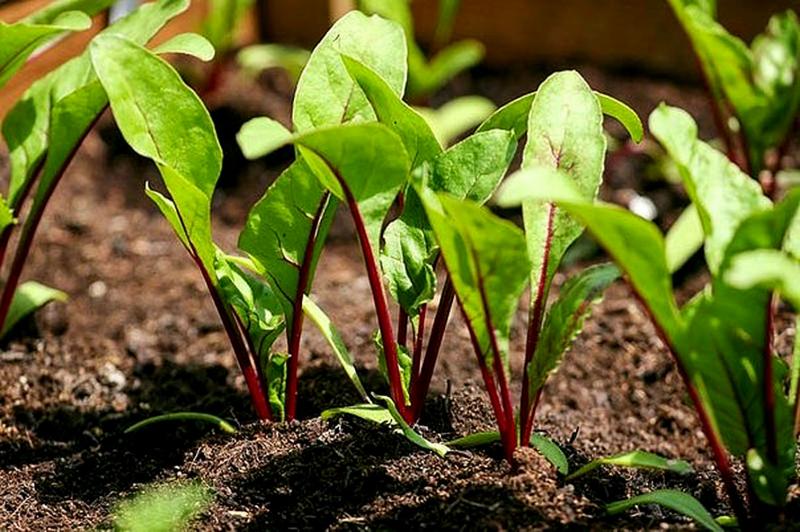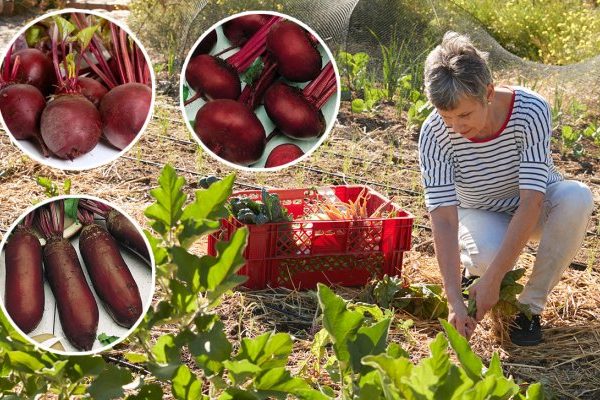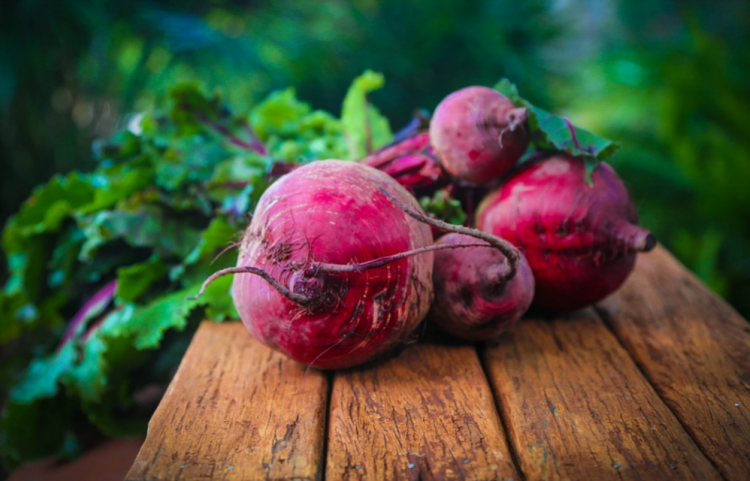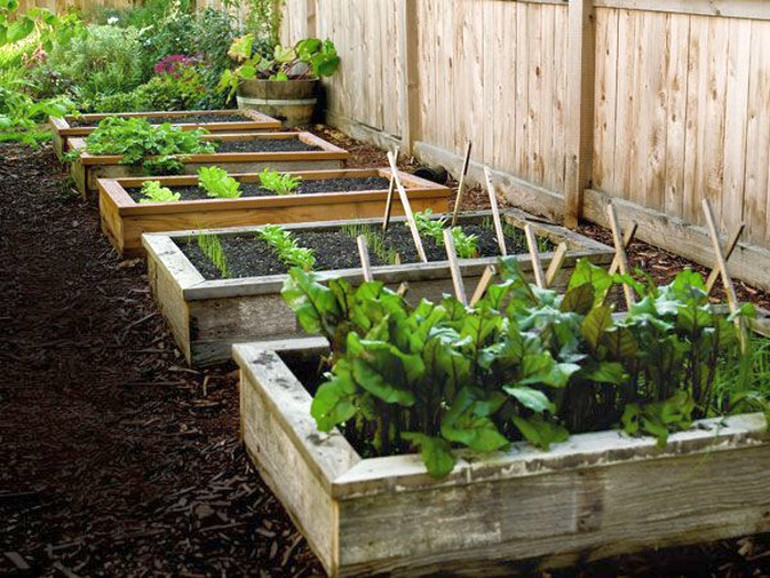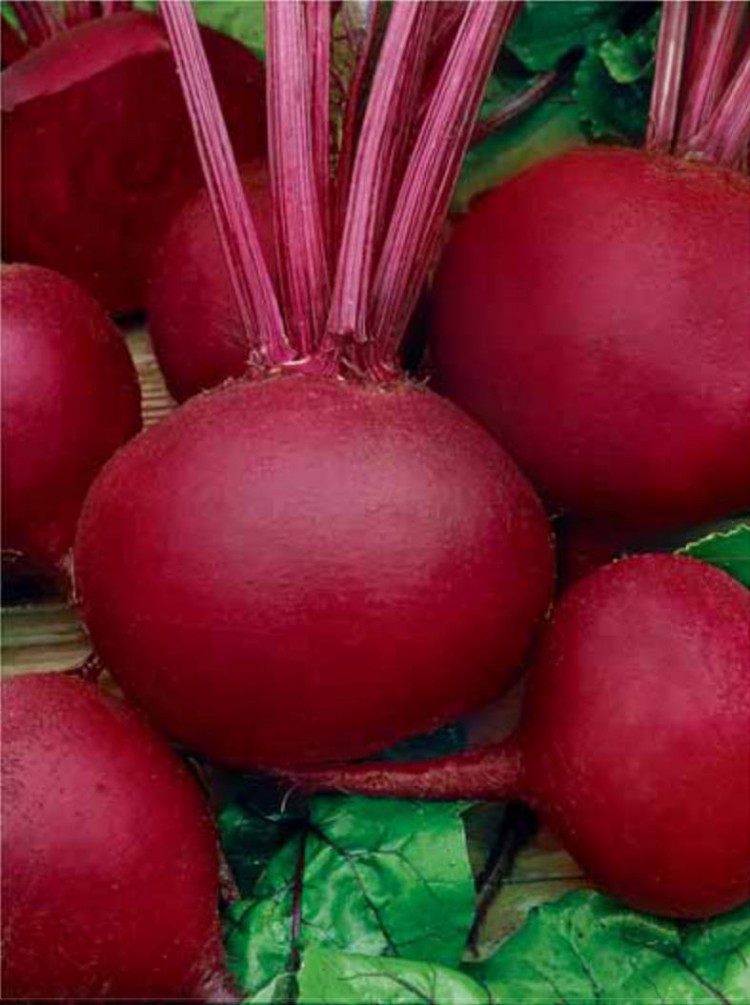Content:
Bordeaux beet variety can be found in vegetable gardens, personal plots. Cultivation of crops takes place on an industrial scale. Reviews of gardeners about Bordeaux are positive. The variety is famous for its many virtues. For example, one-seeded Bordeaux beets adapt in different climatic conditions, give a decent harvest, have large tasty fruits that can be stored for six months or more without losing marketability.
Description of the variety
Another name for the culture is Bordeaux beet 237. This variety is table. It belongs to mid-season varieties. The crop ripens in 90 days after sprouting. Summer residents have the opportunity to plant seeds twice a season, due to the rather quick ripening. With proper care, 8 kg of selected beets are collected from a square meter of plantings. The variety grows well in warm regions and central Russia, where the temperate continental climate. Bordeaux will not be afraid of a short drought, cold, temperature changes.
Additional Information. In Ukraine, Belarus, some regions of Russia, beets are called Buryak.
Root crops are large - each weighing from 300 to 500 grams. The shape is rounded, sometimes slightly flattened. Part of the root crop comes out to the surface of the earth during growth. As a result, crop harvesting is easy. The color of beetroot is rich burgundy. The pulp is red. There are practically no rings. The taste is classic sweetish. Bordeaux seeds are sold in specialized stores and can also be purchased online. The cost is affordable - the price of a bag starts from 15 rubles for 3 grams.
Features of the Bordeaux variety:
- High productivity. From 5 to 8 kg of root crops are harvested from a square meter;
- Pleasant appearance of root crops. The shape is round, slightly flattened. Deep burgundy color, no spots;
- Excellent sweet taste;
- Universal use. Various dishes are prepared from beets: salads, soups, side dishes. It is used in traditional medicine. Freshly squeezed juice is drunk with obesity, to increase hemoglobin. Beets help to remove heavy metals from the body;
- The fruits contain a huge amount of useful substances. Root crops are rich in vitamins C, B, folic acid, iodine, iron, magnesium, potassium;
- The tops of the culture contains vitamins C, K, A, B. It is added to dishes, used for medical, cosmetic purposes;
- Good seed germination;
- Keeping quality - root crops are stored for 6 months or more;
- The variety is not afraid of transportation;
- Harvesting is easy - part of the root crop is above the ground, so the beets are easily pulled out of the soil;
- Quickly adapts to different climatic conditions;
- Bordeaux beets are demanding on the soil - the land must be fertilized, fertile;
- The variety is resistant to common diseases such as heart rot.
Note! Beets are considered a dietary food. Its nutritional value is 42 kcal per 100 g.
Agrotechnics
Landing
Growing Bordeaux is not difficult, but the variety requires attention from gardeners. To get a decent harvest, you must follow the rules for planting, caring for the crop.
The beet bed is selected in a sunny place. The soil should be fertile, fertilized, not acidic. The garden bed is fertilized with organic matter in the fall. Compost or humus is scattered over the surface of the site, the earth is carefully dug up. It is necessary to add complex mineral fertilizers, in which superphosphate, potassium chloride must be present.Seed planting is carried out in April or May. If planted in April, the crop will ripen in July. Accordingly, if the planting takes place in May, then the root crops will ripen in August. Such fruits are ideal for long-term storage.
Before planting, the seeds are treated in a manganese solution for disinfection. Then they are soaked in water for 12-20 hours. In the garden, holes are made at a distance of 30-40 cm. Ash and humus are poured there. The seeds are placed at a depth of 3 cm every 5-8 cm. You can plant them along the edges of the beds where something else will grow. For example, tomatoes, cucumbers, garlic, lettuce, radishes. Such a neighborhood is acceptable. Cultures do not oppress each other. This option will save space in the garden.
Additional Information. Bordeaux 237 beets are suitable for winter sowing. Seeds are planted in the beds in November at a soil temperature of -5 degrees. Planting is mulched with needles, sawdust. The advantage of this sowing is an early harvest. Minus - root crops cannot be stored for a long time.
Another way to grow a plant is through seedlings. It allows you to get a crop earlier than when planting seed in open ground. A snail is suitable for germinating seeds, as well as ordinary containers with soil mixture. It is best to plant seeds in April. After 4 weeks, the seedlings will be ready to move to a permanent place.
Young plants are transferred to the garden bed together with the soil from the container in which the seedlings were located. Bordeaux root is tender. If you damage it, this will affect the formation of the root crop. The transplant is carried out in May, when the soil has warmed up to +10 degrees. The seedlings in the garden are covered with spunbond to give it time to settle down in a new place.
Care and cultivation
Beets produce an excellent yield of sweet root vegetables, provided they are well cared for. To grow large fruits rich in nutrients, a number of rules must be followed.
If the planting was carried out by seeds, then when strong shoots appear, they are thinned out, weeds are removed from the garden, and loosening. After a while, the procedure is repeated. This is best done at the time of fruit setting. All weak plants are removed. Strong burgundy bushes are left in one row. The distance between them should be 15-20 cm.
A beetle, whose description contains information about the love of water, should be watered throughout the growing season. Particular attention is paid to the procedure during the formation of root crops. It is necessary to saturate the culture with moisture once or twice a week. After the fruits have formed, watering should be done less often - once every few weeks. Watering stops completely three weeks before harvesting ripe beets.
Periodically, the beet bed is loosened. Thanks to this procedure, the roots are saturated with oxygen. Don't forget about weeding.
The culture is fertilized several times per season. At the initial stage of plant development, fertilizing with nitrogen fertilizers is carried out. When the leaves begin to close with each other, you need to add calcium nitrate, phosphorus. Scattered on the garden bed, and then embedded in the soil ashes. A little more than half a glass of ash is needed per square meter. Ash infusion is irrigated in August. 1 kg of ash is soaked for 24 hours in 10 liters of water. The resulting solution is watered with root crops.
Important! Regular salt will help you grow delicious fruits that won't spoil for a long time. A spoonful of sodium chloride is diluted in 10 liters of water. Landings are treated to such a cocktail in early and late summer.
What to do if Bordeaux 237 beets grow poorly
There can be several reasons for the poor growth of the Bordeaux variety.
Depending on them, you can get an answer to the question of what to do if the culture grows poorly:
- Increased acidity of the soil. Beets do not like acidic soil. Because of it, the plant can begin to wilt. You can deoxidize the soil with lime, chalk, wood ash. After this procedure, the beets should come to life;
- Incorrect landing site. A culture requires a garden bed that the sun shines on.You cannot grow the plant in the shade. If the beets grow poorly for this reason, the next year they need to be planted in another part of the garden;
- Neighbors and predecessors. Beets should not coexist with beans, corn. These plants have a negative effect on Buryak. Bordeaux gives the best harvest if cucumbers, tomatoes, garlic grow nearby. Good predecessors: cucumbers, onions, radishes, peas;
- Poor soil. If the beets grow poorly already at the very beginning of the growing season, then the matter may be in unfertilized soil. So, the characteristics of the plant contain information that the crop gives a decent harvest only in fertilized soil;
- Lack of fertilizers. During the season, the culture needs to be fed several times. If Bordeaux beets grow poorly due to the fact that they have not been fertilized, the situation will be corrected by feeding with complex mixtures that can be bought in stores;
- Poor watering. During the formation of the fruit, beets need abundant watering. It can be done once or twice a week, but in sufficient quantity. 15-20 liters of water are consumed per square meter;
- Planting too deep. The seeds are planted in the soil to a depth of 3 cm. If they are deeper, the plant may develop worse;
- Root damage. When transplanting seedlings, gardeners need to be extremely careful. Beet roots cannot be damaged. Otherwise, there may be no fruit;
- Diseases and pests. Perhaps the poor growth of the crop is due to the fact that the plant is affected by diseases, or pests have settled on it. In this case, chemicals will help.
Treatment for diseases, pests
One of the features of Bordeaux 237 beets is immunity to common diseases, such as phomosis, cornea. However, the culture can be affected by cercospora, peronosporosis.
A symptom of cercospora is white spots with a burgundy frame on the leaves and stems. As a result, the leaves wither and die. The disease negatively affects the fetus.
The fight against cercosporosis consists in the use of chemicals containing copper (copper oxychlorate, hom, propiconazole, foundationazole). Weeds that grow next to the beets and also get sick with cercosporosis are removed. To prevent the disease, prevention is carried out. Seeds are soaked before sowing, treated with agate-25K. Beets will not get sick if they grow in fertile, loose, fertilized soil.
Peronosporosis manifests itself on the tops. The leaves turn light, curl, and can easily break. A dark bloom appears on the bottom of the sheet. If the plant is not treated immediately, the tops turn black and die off. Because of this disease, roots can rot after harvest.
The fight against peronosporosis is to remove damaged plants. Healthy - processed with Bordeaux liquid, it is better to take one percent. Preventive measures - disinfection of seed, soil.
Bordeaux variety resistant to pests. Infrequently, but it is affected by weevils, fleas, miner moths, aphids. It's easy to deal with them. Leaves containing insects are removed. The plant itself and the land where Buriak grows are sprayed with Bordeaux liquid. The culture is treated with chemicals.
It is no coincidence that Bordeaux beets are popular. If you devote time to the culture, organize proper care, fertilize on time, the harvest will exceed all expectations. Smooth neat fruits are suitable for preparing a variety of dishes, for example, borscht, salads, caviar, schnitzels, beetroot. In addition, root crops can be stored without problems until next spring, while they remain fresh.
